This article was co-authored by wikiHow Staff. Our trained team of editors and researchers validate articles for accuracy and comprehensiveness. wikiHow's Content Management Team carefully monitors the work from our editorial staff to ensure that each article is backed by trusted research and meets our high quality standards.
There are 12 references cited in this article, which can be found at the bottom of the page.
This article has been viewed 24,847 times.
Learn more...
If you’ve ever heard a news story about a 12-hour open-heart surgery that saved somebody’s life, you may have wondered how a surgeon can do something so incredible. The answer is surprisingly simple: practice. It takes a lot of training and lots of practice to become a skilled surgeon, but you don’t have to wait until you go to medical school to start. You can actually work on improving your surgery skills by practicing on fruit!
Here are 10 ways you can practice your surgery skills on fruit.
Steps
Make an incision in an orange with a scalpel.
-
Slice through the peel to learn how to make better surgical cuts. Take a fresh scalpel and cut through just the outer peel of the orange. Avoid slicing open the segments of the fruit beneath the peel to simulate cutting skin without damaging the muscles beneath it.[1] X Research source
- The peel of an orange is pretty similar to human skin and it’s a great way to get a feel for how hard you need to press the scalpel blade when making your incisions.[2] X Trustworthy Source PubMed Central Journal archive from the U.S. National Institutes of Health Go to source
Lift a section of orange peel with dissection scissors.
-
Use the peel to practice blunt dissection techniques. Dissection scissors are specially designed surgical tools used for cutting and dissecting tissue. Make 2 parallel incisions in the peel of an orange with a scalpel, then take a pair of dissection scissors and insert them into the opening. Gently open the scissors to spread the peel without damaging the fruit. Then, lift up the section of peel to expose the segments beneath it.[3] X Research source
- This is a technique known as “blunt dissection.”[4] X Research source
- You can also use this for practicing the initial incisions involved in deep tissue surgery. The exposed segment of the fruit is like the muscle and tissue you’ll need to penetrate.
Sew the incisions on the orange back together.
-
Practice suturing surgical incision back together. Attach surgical thread to a surgical needle. Align the peel as closely as you can and push the needle into the 1 side of the incision and out through the other side. Gently pull on the thread to tighten it and connect the 2 sides of the incision.[5] X Research source
Tie the sutures into square knots and trim the thread.
-
Make at least 3 knots to practice hand-tying sutures. Make a simple square knot by taking both sides of the thread, looping them around each other, making another loop on top, and pulling 1 thread through the opening. Repeat the process at least 3 times and gently pull the thread to make a tight knot.[6] X Research source
- While you may likely use a knot-tying surgical device in the operating room, it’s still good practice to know how to tie a suture by hand!
Poke a needle into an orange.
-
Practice puncturing a joint to drain fluid. Take a surgical needle and press it into the peel of an orange until you pierce the fruit segment beneath. Use this technique to get used to the pressure you need to apply whenever you’re penetrating a patient’s joint to drain fluid or check for compartment syndrome, a condition where pressure builds up in a confined space.[7] X Research source
Cut grape skin with tiny surgical scissors.
-
Simulate cutting delicate skin. Skin is thinner and more delicate in certain areas of the body, such as the face. A grape is a great fruit to use to simulate thin, fragile skin. Take a pair of small surgical scissors and make an incision in the skin of the grape without piercing the soft flesh beneath it.[8] X Research source >
- Grapes are also great because if you make a mistake, it’s no problem! Just grab another one and try again.
Sew cut grape skin back together.
-
Work on your fine suture skills. After making an incision in a grape with a pair of surgical scissors or scalpel, gently insert a surgical needle and thread into 1 side of the incision and out of the other. Carefully sew it back together to practice delicate cutting and stitching.[9] X Research source
- Grape skin tears and rips easily, so take your time and go slowly.
Slice a banana’s peel to simulate a deep cut.
-
Stitch the peel back together to practice sutures. Banana skin is also remarkably similar to human skin, and they’re a cheap and simple way to practice sutures. Make a cut in the banana with a scalpel or a knife, then use a surgical needle and thread and sew the skin back together.[10] X Research source
Push toothpicks deep into a tomato.
-
Remove them with tweezers to practice removing splinters. Removing splinters are technically a minor surgical operation, and doing it right can help reduce pain and minimize the risk of infection. Take some toothpicks, break them in half, and push them deep into a tomato. Take a pair of tweezers, grip the end of the toothpick, and gently remove the splinter. Pull the toothpick out in the same direction it was pushed in to minimize tissue damage.[11] X Research source
- Use a cotton pad or gauze to dab up any tomato juice, just like you would with blood from a deep splinter wound.
Dissect a clementine in an opaque box.
-
Simulate delicate surgical operations. For a more complicated challenge, cut holes into the top of an opaque box and place a clementine inside. Use scissors and a grasper to remove the peel and the pith (the white membrane beneath). Then, use a surgical needle and thread to suture the peel closed.[12] X Research source
- You could also insert a camera into the box and perform the “operation” while watching the video to simulate internal surgery.
Warnings
- Make sure children are supervised if they’re using a scalpel to practice surgery on fruit.⧼thumbs_response⧽
You Might Also Like
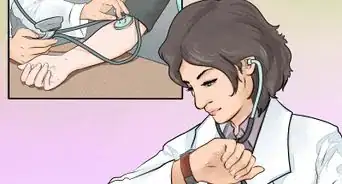
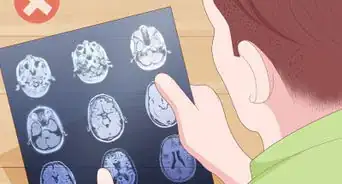
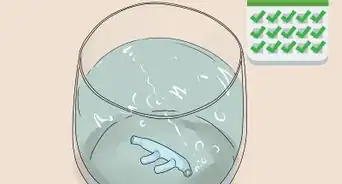

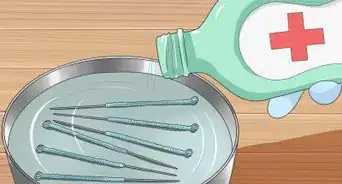
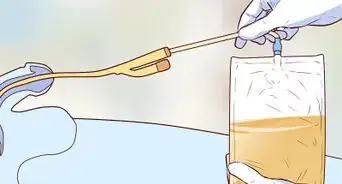
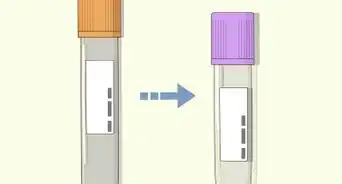
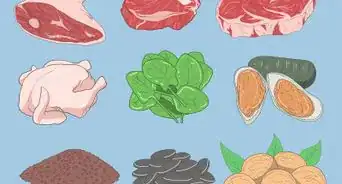
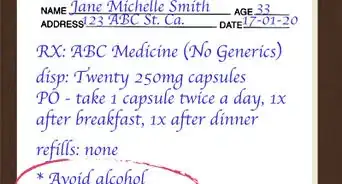

 How to Write a Medical Case Study Report
How to Write a Medical Case Study Report
-Tube-Step-17.webp)
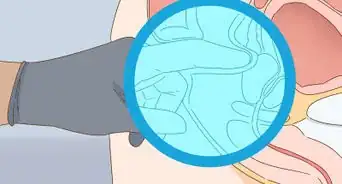
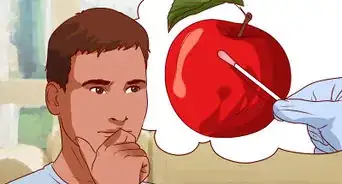
References
- ↑ https://youtu.be/cMUBWG74S3U?t=277
- ↑ https://www.ncbi.nlm.nih.gov/pmc/articles/PMC4518792/
- ↑ https://youtu.be/cMUBWG74S3U?t=410
- ↑ https://www.merriam-webster.com/medical/blunt%20dissection
- ↑ https://youtu.be/cMUBWG74S3U?t=560
- ↑ http://abilitatipracticecluj.ro/pdf/eng/Chir_eng_07_Surgical_knots_and_sutures.pdf
- ↑ https://www.statnews.com/2016/01/22/surgery-practice/
- ↑ https://bjo.bmj.com/content/bjophthalmol/early/2022/06/14/bjophthalmol-2022-321135.full.pdf
- ↑ https://www.businessinsider.com/low-tech-surgeons-training-2016-1#4-grapes-4
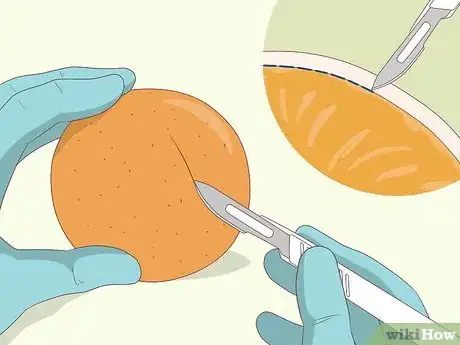
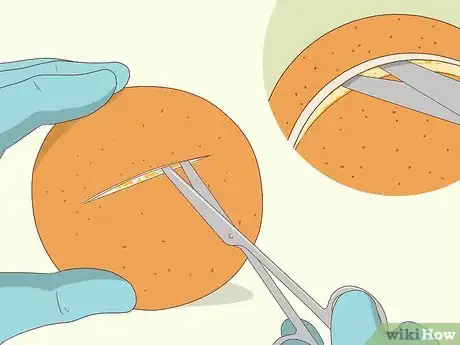
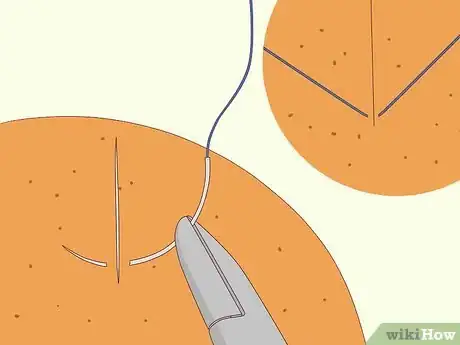
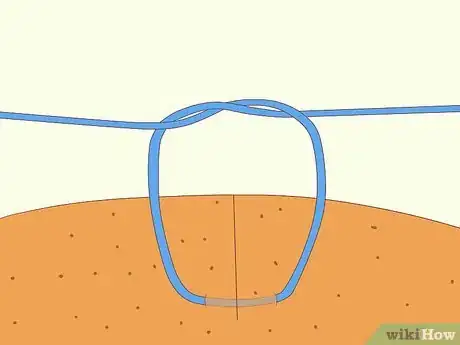
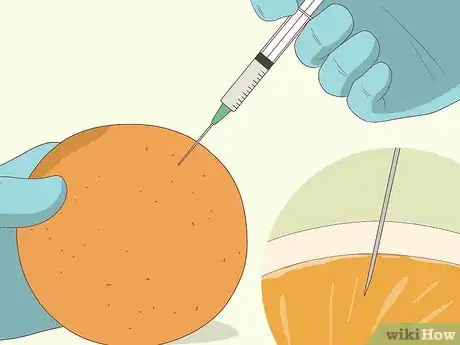
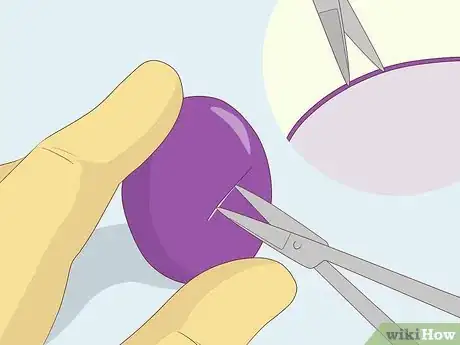
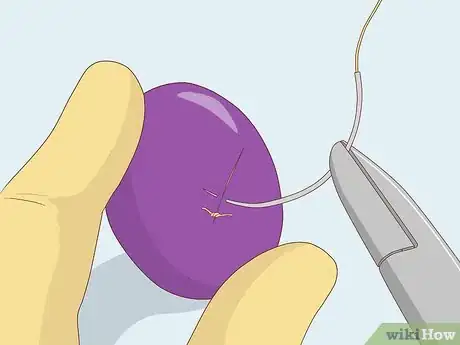
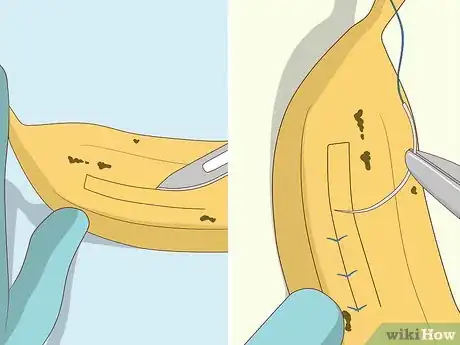
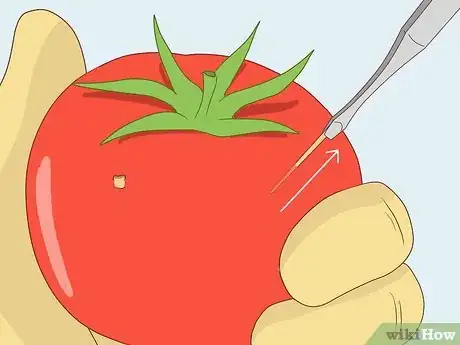
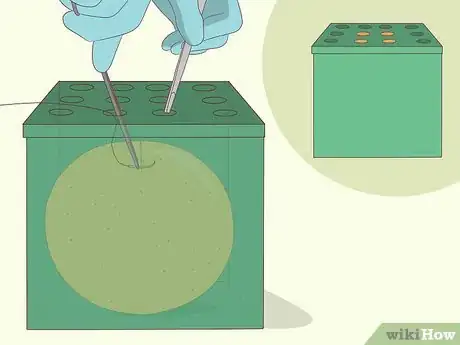







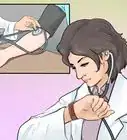
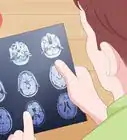
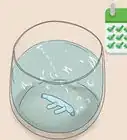




































Medical Disclaimer
The content of this article is not intended to be a substitute for professional medical advice, examination, diagnosis, or treatment. You should always contact your doctor or other qualified healthcare professional before starting, changing, or stopping any kind of health treatment.
Read More...